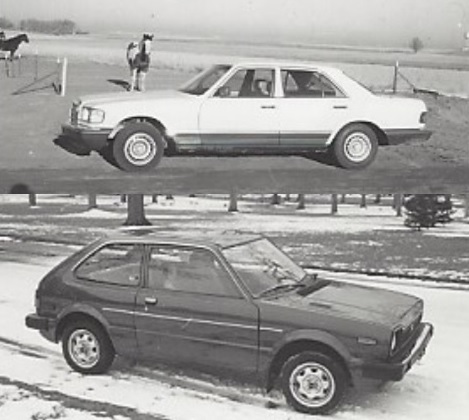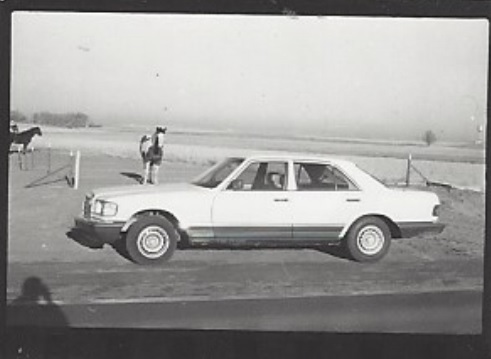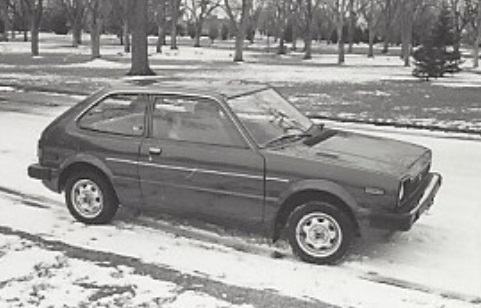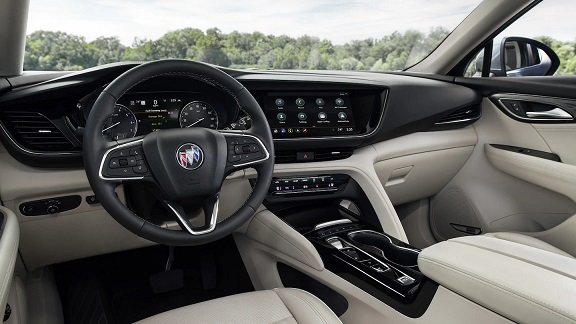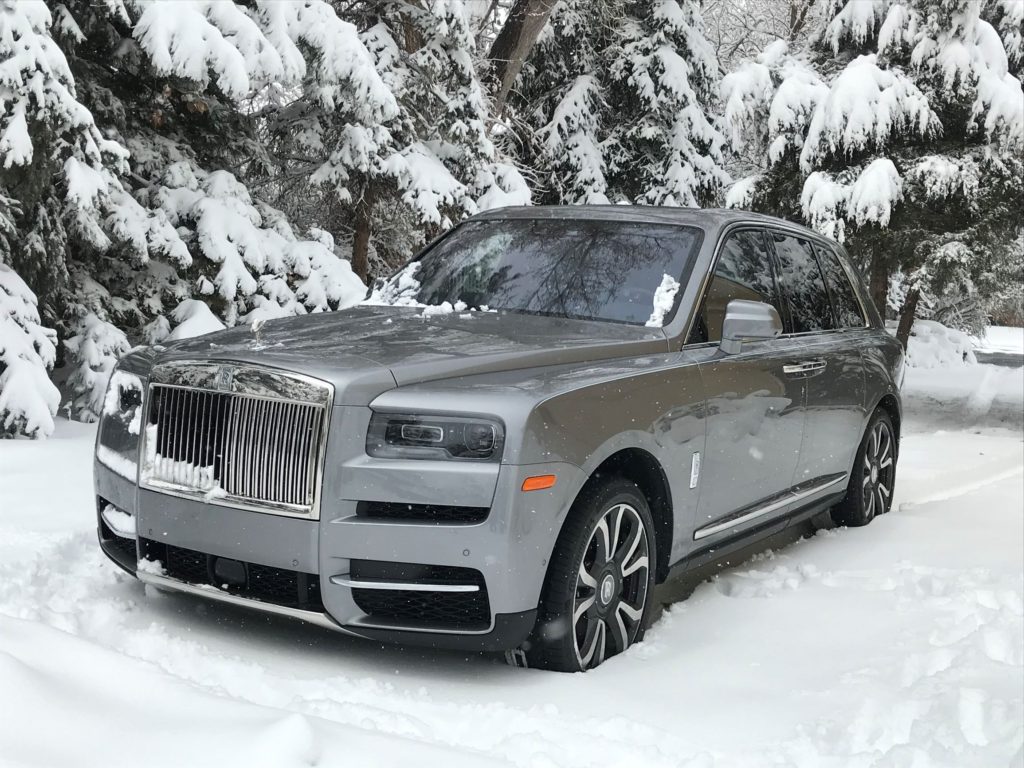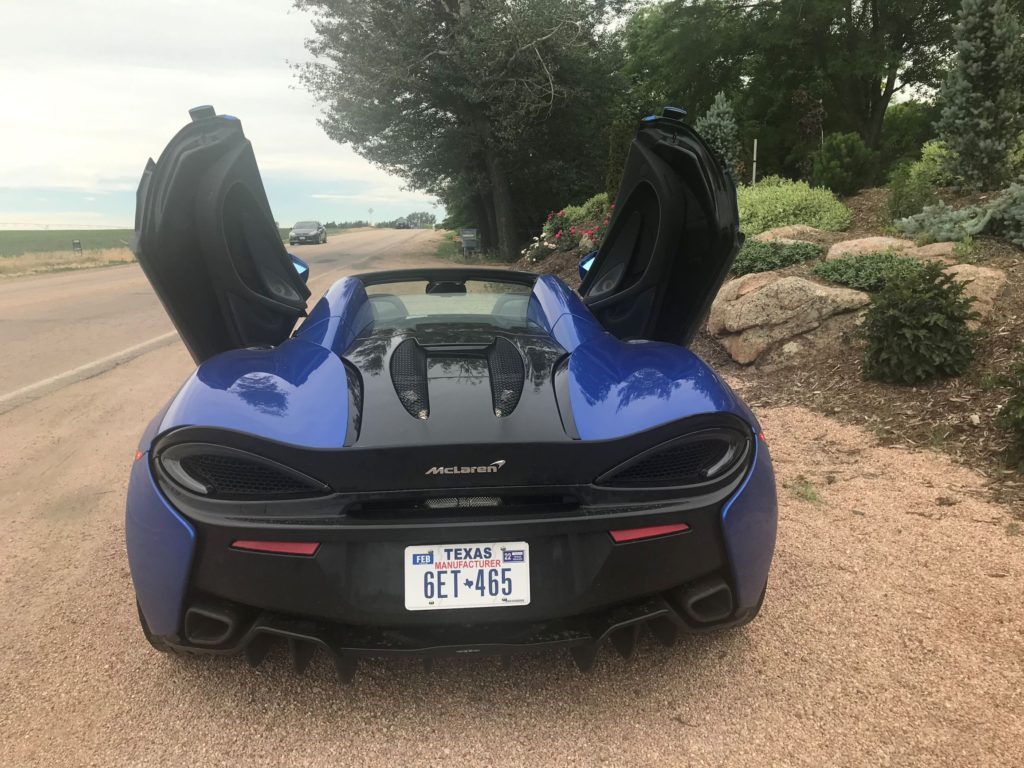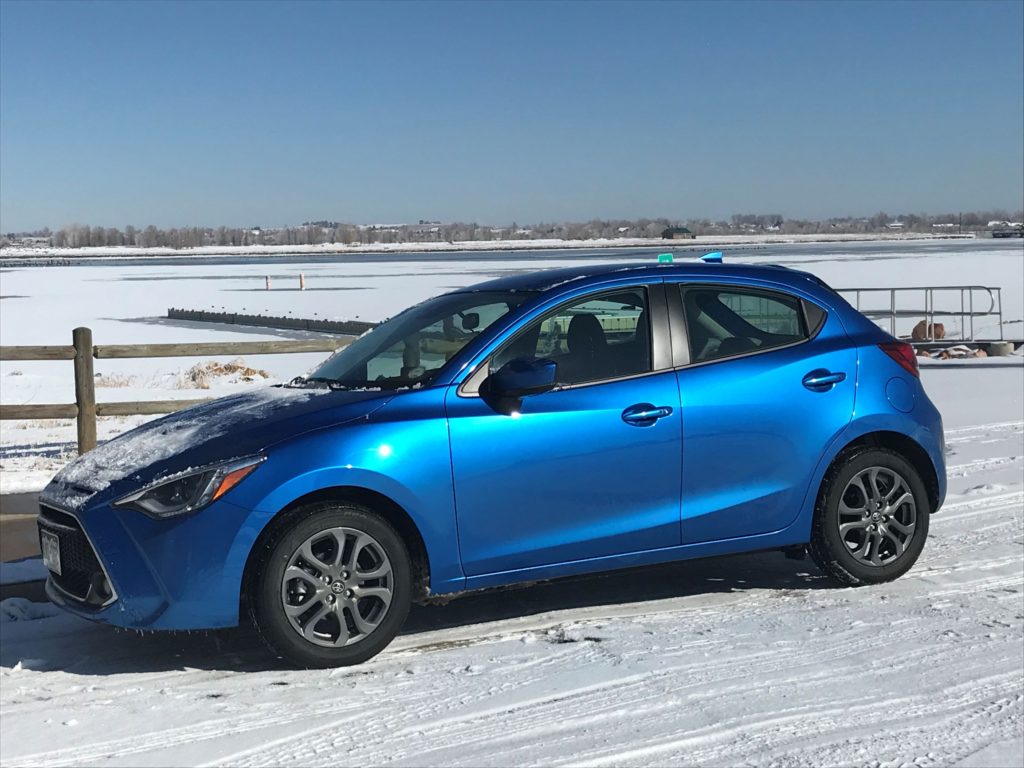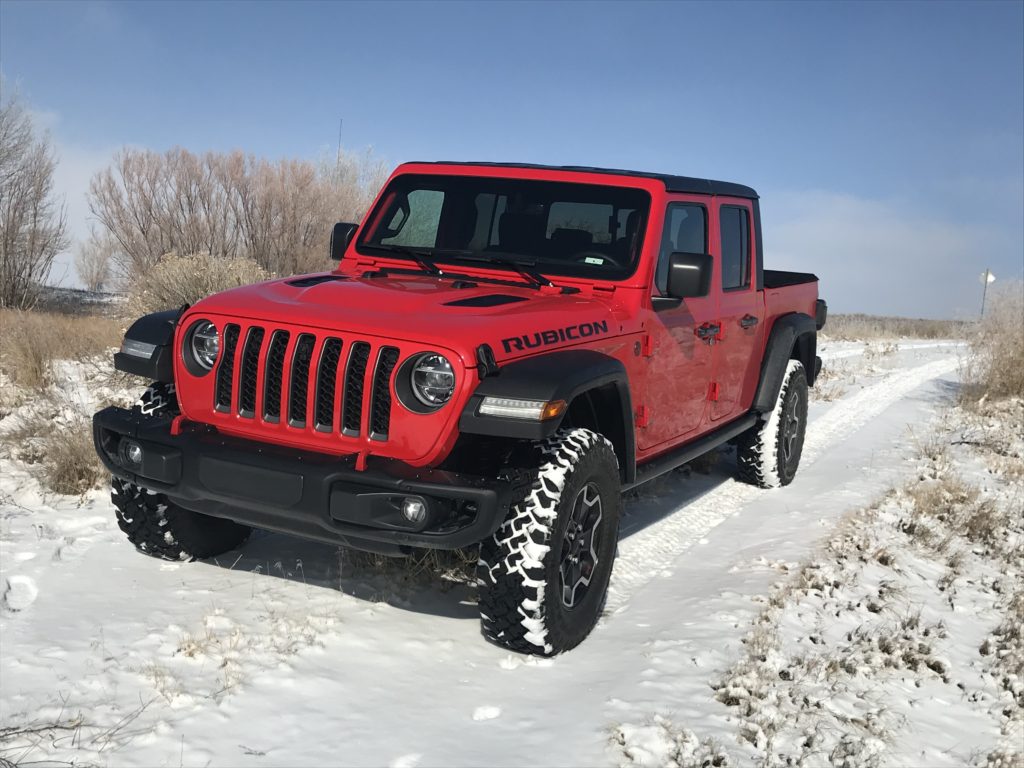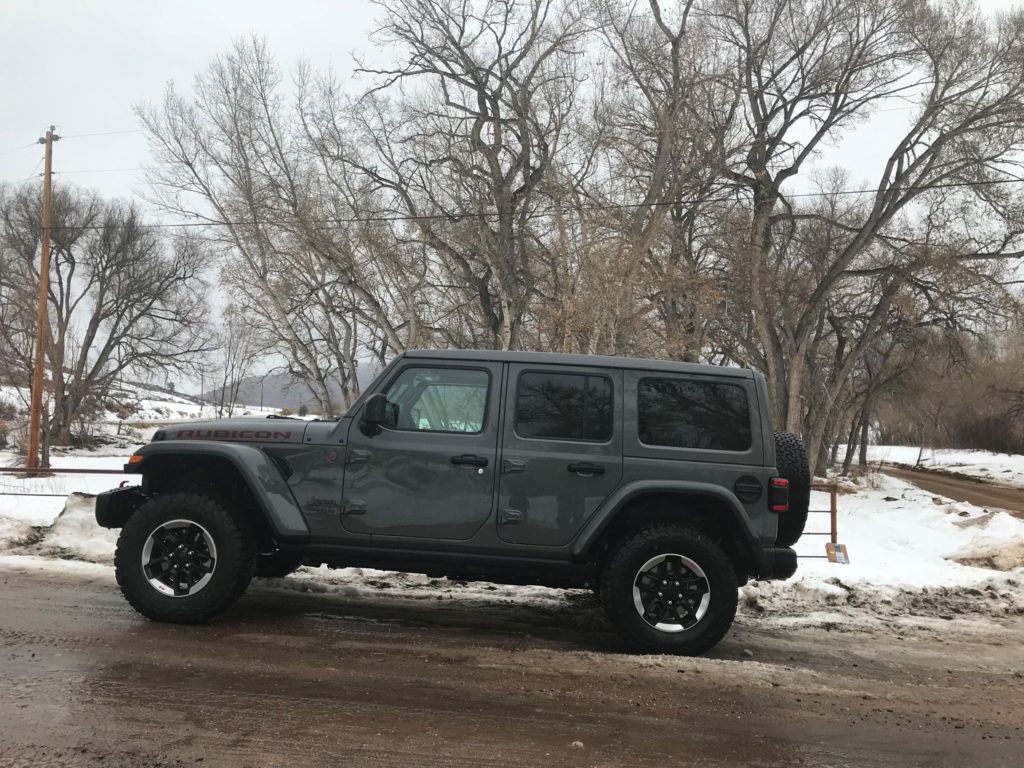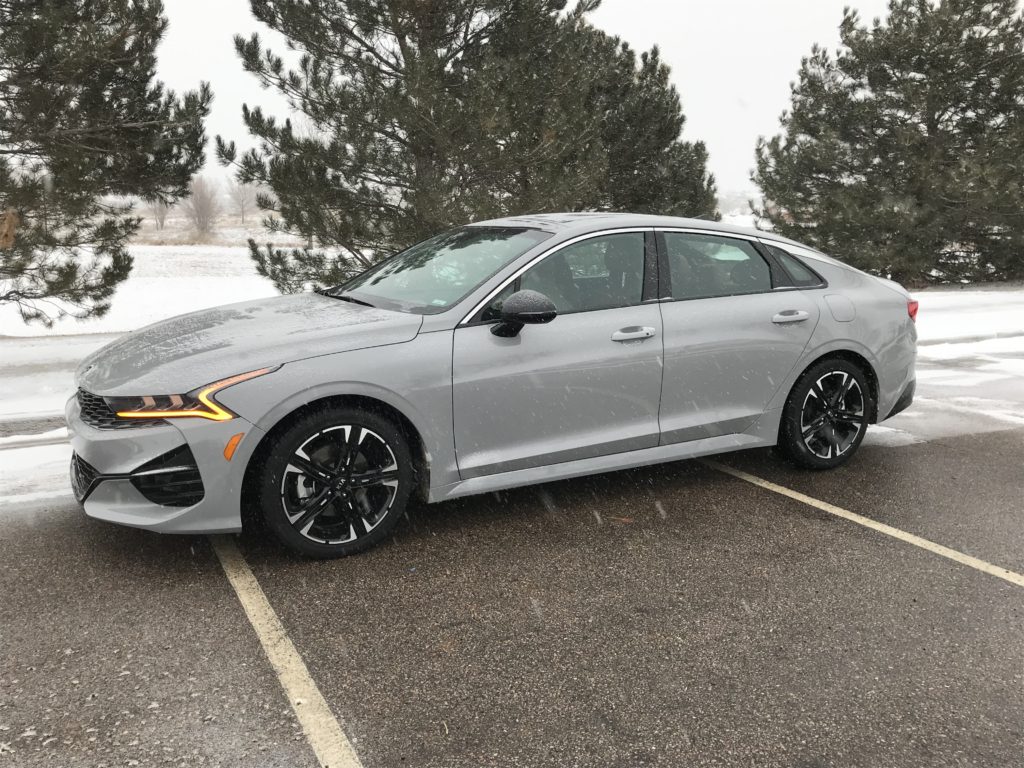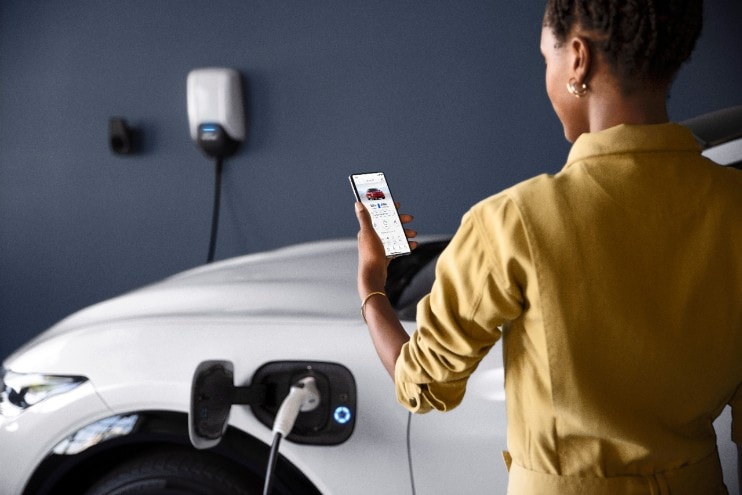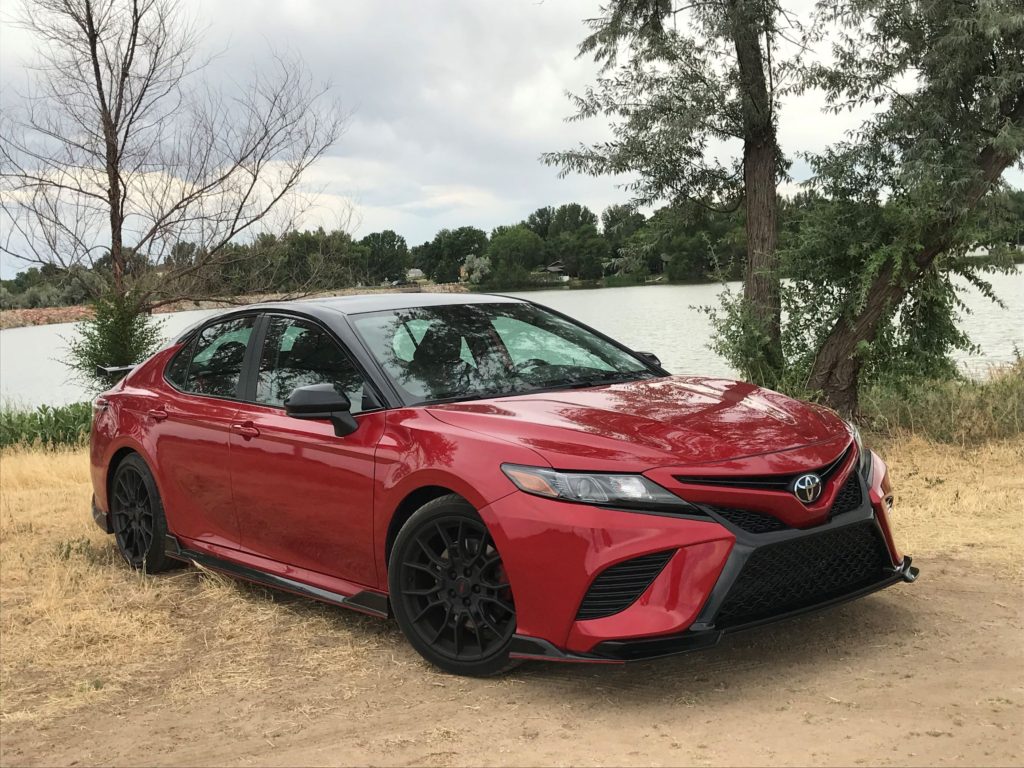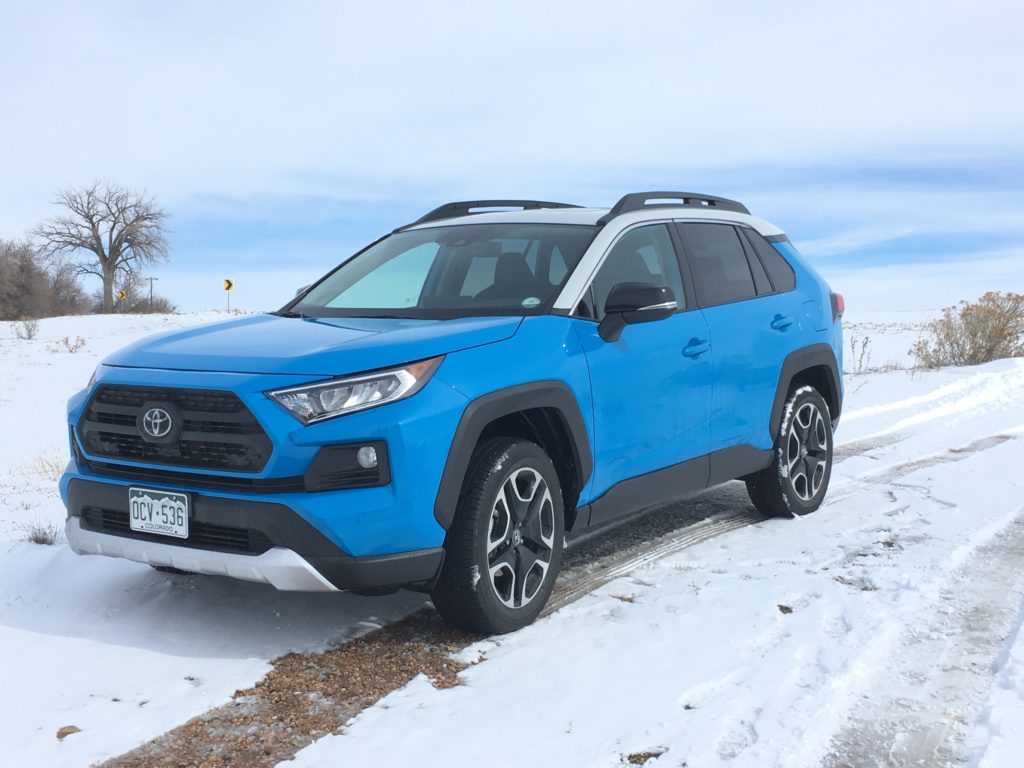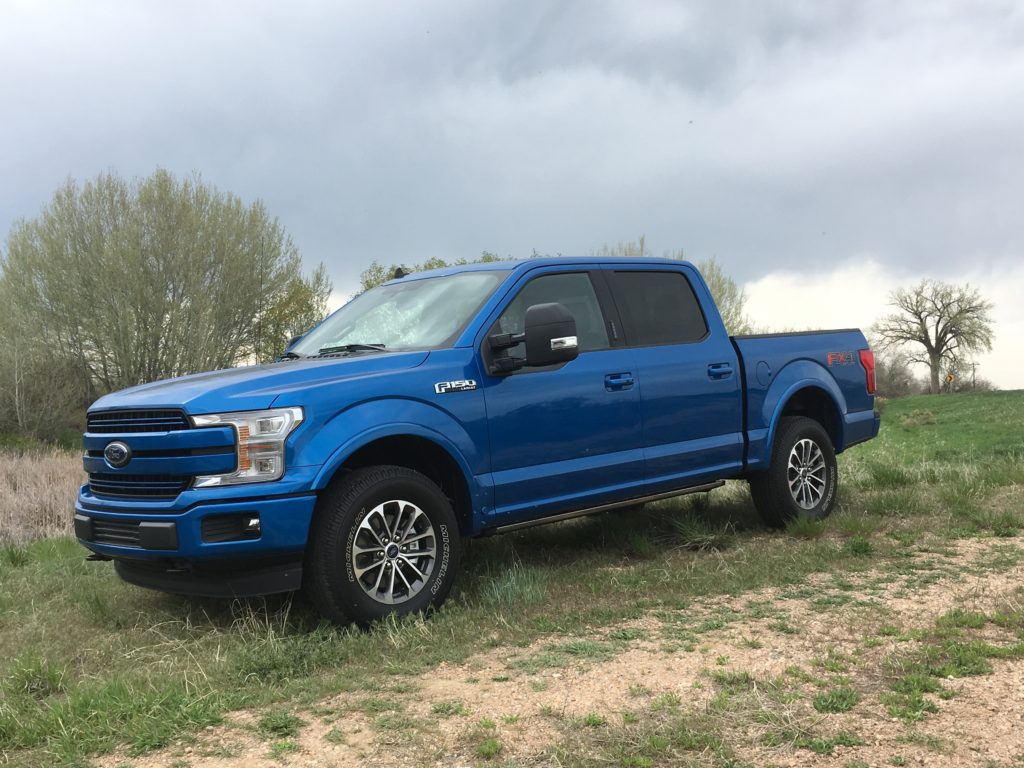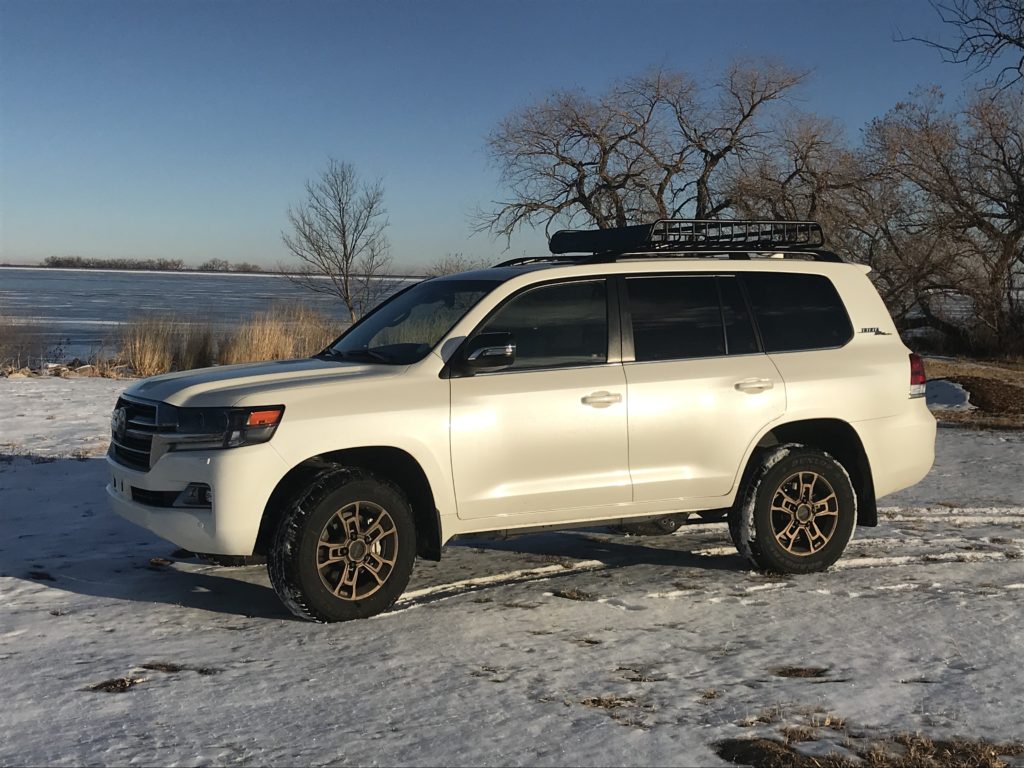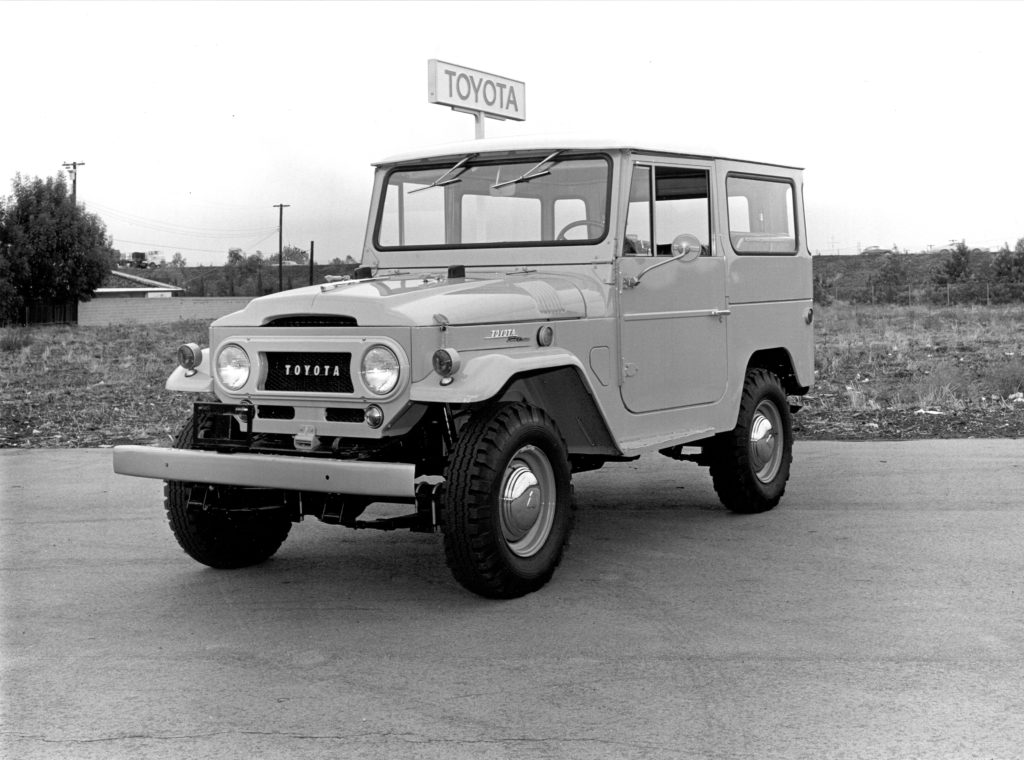(Forty years ago this winter, in February 1981, I reviewed back-to-back for The Denver Post two contrasting imports – the unusually pricey ’81 Mercedes 300SD and the bargain-tier ’81 Honda Civic 1500 DX hatchback. Only twice had I driven anything more luxurious than the $35,345 Mercedes – the ’81 Maserati Merak SS at $42,637 and the ’80 Porsche 928 at $39,024. And compared to the $5,348 Honda Civic, the Toyota Starlet at $5,110 was the only less-expensive little car I tested in 1981. The cars were provided for testing by two dealer friends, Mark Murray of Murray Imports and Ralph Schomp of Schomp Oldsmobile Honda. Excerpts of both reviews follow:
’81 MERCEDES 300SD
There is no downsizing of Mercedes-Benz’ big sedan, the turbocharged, diesel-powered 300SD. A more aerodynamic body of lighter-weight materials was shaped in Mercedes’ wind tunnels and a new 4-speed automatic transmission complements the turboed 5-cylinder diesel engine.
The rear-drive Benz’s wheelbase has been lengthened to 115.6 inches, with curb weight reduced to 3,760 pounds. It delivered an average of 26.1 miles per gallon on a straight highway run (the 120-mile trip took 17.5 liters of diesel fuel. Stop-and-go travel in the city averaged 22.7 mpg.
A wait of only 6 seconds is required for preheating the chambers on cold starts, and the engine is quiet; only on starting and occasional idle is the popping of the diesel noticeable. Out on the highway, when the Garret turbocharger boost kicks in, it sounds as though the car would climb straight up a wall.
There is no question but what the ride is as good as ever in the Mercedes, and its handling might be the best of any full-sized sedan.
Mercedes is a strong seller in Colorado. A number of auto mechanics from Germany have relocated to Denver and the nearby mountains, selecting a setting not unlike their home country.
High value retention makes Mercedes a sound investment. A 240D model purchased new in 1977 for $13,500 was still worth about 90 percent of that three years later.
’81 HONDA CIVIC DX
Honda’s Civic 1500 DX hatchback is quick and economical and has good traction in the snow with front-wheel drive. With wheelbase of only 88.6 inches and 13-inch wheels, its turning circle is a narrow 31.5 feet.
The 5-speed manual transmission is shifted easily, with no push or pull or slap required to get it into reverse. Driving the Civic in Denver resulted in fuel mileage of 34.8 miles per gallon. The 1,800-pounder will do better than 40 out on the highway.
Controls are well-placed except those for the rear wiper and defogger, which are around to the side of the main instrument panel.
Base price of the Civic 1500 DX is $5,099, with 1,488cc, 4-cylinder engine, steel-belted radial tires, remote hatch release, intermittent windshield wipers and rear-window wiper, washer and defroster. High-altitude emission control equipment added $30 to the price, undercoating was $47 and freight of $172 brought the sticker to $5,348.
